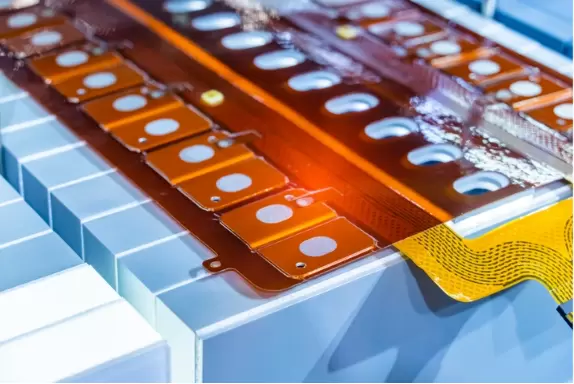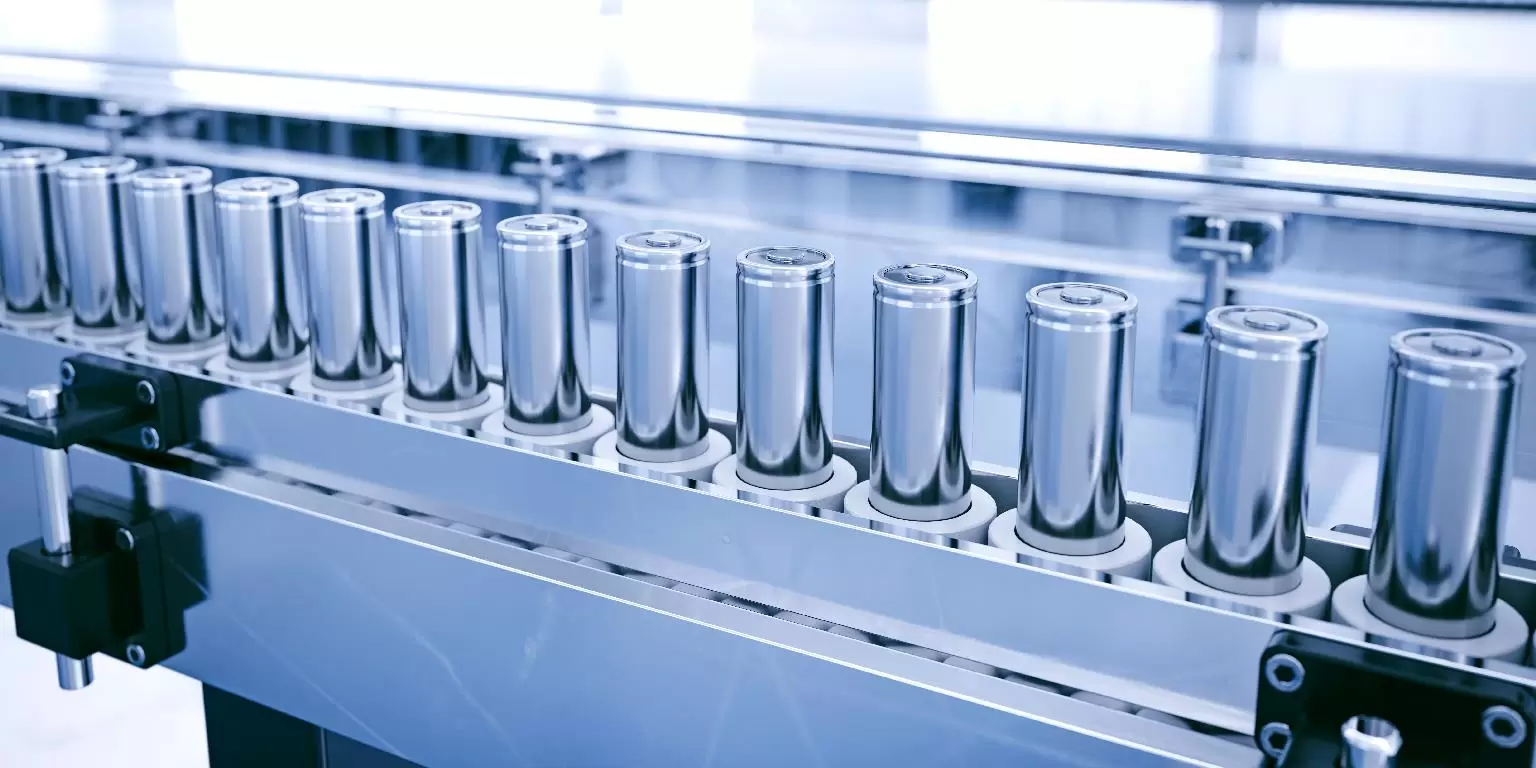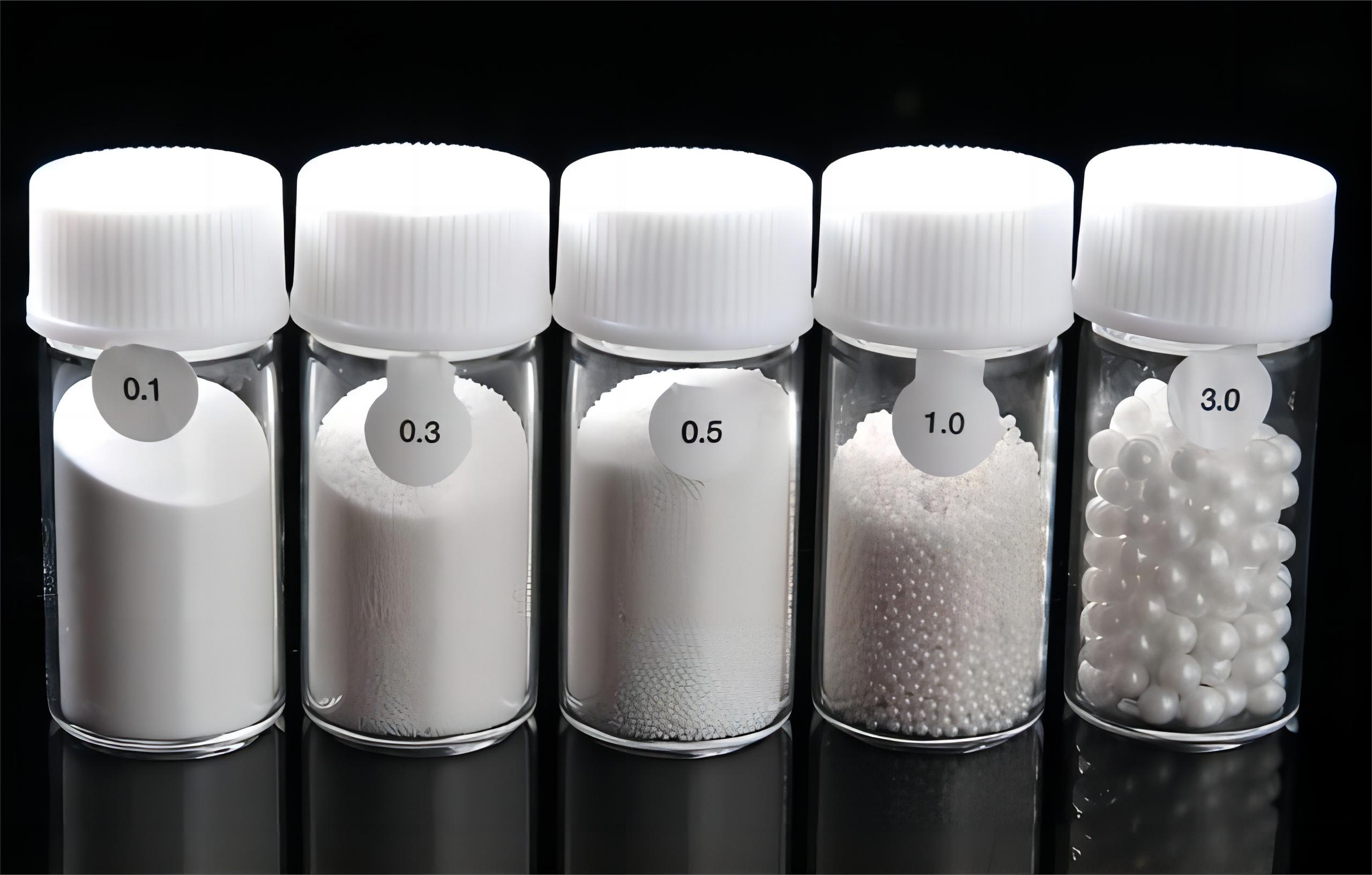Silicon-carbon anode materials have captured significant interest in the development of lithium-ion batteries. As the demand for high-energy-density batteries escalates with the rise of electric vehicles and portable electronics, these materials are pivotal due to their high capacity and cost-effectiveness. This article delves into the mainstream production methods of silicon-carbon anode materials, their advantages and disadvantages, and the critical role of zirconia ceramic beads in the manufacturing process, particularly in nanonization and surface modification.

CVD involves gas-phase chemical reactions to create a thin film on a substrate surface. In producing silicon-carbon anode materials, CVD decomposes silicon source gases like silane at high temperatures, depositing a silicon-carbon composite on carbon-based materials.
Advantages:
High Purity: Precise control over reaction conditions ensures high-purity materials.
Good Uniformity: Accurate parameter control results in uniform composites.
Disadvantages:
High Cost: Expensive equipment and reaction conditions increase production costs.
Complex Equipment: Requires sophisticated gas-phase reaction apparatus and skilled operators.
This method uses high-energy ball milling to mix silicon and carbon materials, forming an alloy under mechanical force. It's commonly used to create nanostructured silicon-carbon composites.
Advantages:
Lower Cost: More affordable than CVD.
Simple Operation: No need for complex reaction equipment.
Disadvantages:
Uneven Particle Size: Resulting composites may have inconsistent particle sizes.
Lower Purity: Risk of introducing impurities during the process.
Role of Zirconia Ceramic Beads:During mechanical alloying, zirconia ceramic beads enhance milling efficiency and product uniformity. Their hardness, toughness, and wear resistance provide higher impact and shear forces, promoting the uniform mixing and alloying of silicon and carbon materials while maintaining product purity.
This approach prepares silicon-carbon composites through chemical solution reactions, including sol-gel and coprecipitation methods.
Advantages:
Easy to Control: Adjusting solution composition and reaction conditions allows precise control over material composition and structure.
Low-Temperature Process: Can be conducted at lower temperatures than CVD.
Disadvantages:
Complex Post-Treatment: Requires post-processing steps like drying and calcination.
Poor Uniformity: Solution reactions may result in uneven material distribution.
This method evaporates materials by heating and forms a thin film on a condensation surface, often used for nano-silicon and carbon-based composites in silicon-carbon anode production.
Advantages:
High Purity: Vacuum conditions minimize impurity introduction.
Good Uniformity: Achieves uniform thin-film materials.
Disadvantages:
High Equipment Requirements: Demands advanced vacuum equipment and precise temperature control.
High Cost: Equipment and operating costs are substantial.
High Capacity: Theoretical specific capacity can reach 4200mAh/g, far surpassing traditional graphite anodes (around 372mAh/g), significantly boosting battery energy density.
Low Cost: Silicon is abundant and inexpensive, and the preparation process is relatively simple, suitable for large-scale production.
Volume Expansion: Significant volume changes during charge and discharge cycles can destabilize electrode structures, affecting battery life.
Low Initial Coulombic Efficiency: Consumes many lithium ions during the first charge and discharge, leading to low initial Coulombic efficiency and impacting initial battery
capacity.

Nanonizing silicon materials can reduce the impact of volume expansion on electrode structures. Nano-silicon particles with a large specific surface area enhance electrode cycle performance. Zirconia ceramic beads improve grinding efficiency and product nanonization during this process. Their hardness and toughness ensure the uniform and pure production of nano-scale particles.
Surface modification, such as coating with carbon materials or introducing conductive polymers, improves the conductivity and structural stability of silicon-carbon anode materials, enhancing battery cycle life. Zirconia ceramic beads aid in achieving uniform coating effects during this process. Their hardness and chemical stability prevent impurity introduction, improving uniformity and modification effectiveness.
Designing a robust silicon-carbon composite structure, like core-shell or porous structures, can mitigate volume expansion issues and enhance material performance. Zirconia ceramic beads facilitate uniform composite effects by crushing and mixing different materials. Their hardness and wear resistance ensure material purity and uniformity, contributing to a stable composite structure.

Silane is crucial in crystalline silicon solar cells, flat-panel displays, and semiconductor industries. It is vital for manufacturing silicon-based anode materials, with nano-silicon particles formed by thermal cracking deposition being core to new silicon-carbon technology. As the lithium battery industry demands higher energy density, traditional graphite anodes and high-nickel ternary cathodes reach their limits, making silicon-based anodes the next-generation mainstream materials.
However, silane is a flammable and explosive gas with high reactivity. A recent incident at the SK Materials Group Fortin plant in Sangju City, South Korea, involved silane leakage, resulting in yellow smoke from a storage tank or pipeline. This event underscores the safety risks associated with silane and the importance of stringent safety protocols.
Silicon-carbon anode materials offer significant potential as high-performance lithium-ion battery anodes. Continuous improvements in production processes and material structures will further enhance their superior performance. However, challenges such as volume expansion and low initial Coulombic efficiency require ongoing research and solutions. Zirconia ceramic beads play a crucial role in improving product uniformity, purity, and modification effects, especially in nanonization and surface modification. As technology advances, silicon-carbon anode materials are expected to become increasingly important in the future battery industry.
For more advices and knowledge about Grinding Balls, Sand Millls, please contact with our sales:
Charls Shaw
Sales Manager |Sanxin New Materials
Mobile:+86 19070858212(WhatsApp)
Email:sales@beadszirconia.com
Website:https://www.beadszirconia.com

Submit your demand,
we will contact you ASAP.

Sanxin New Materials Co., Ltd. focus on producing and selling ceramic beads and parts such as grinding media, blasting beads, bearing ball, structure part, ceramic wear-resistant liners, Nanoparticles Nano Powder

